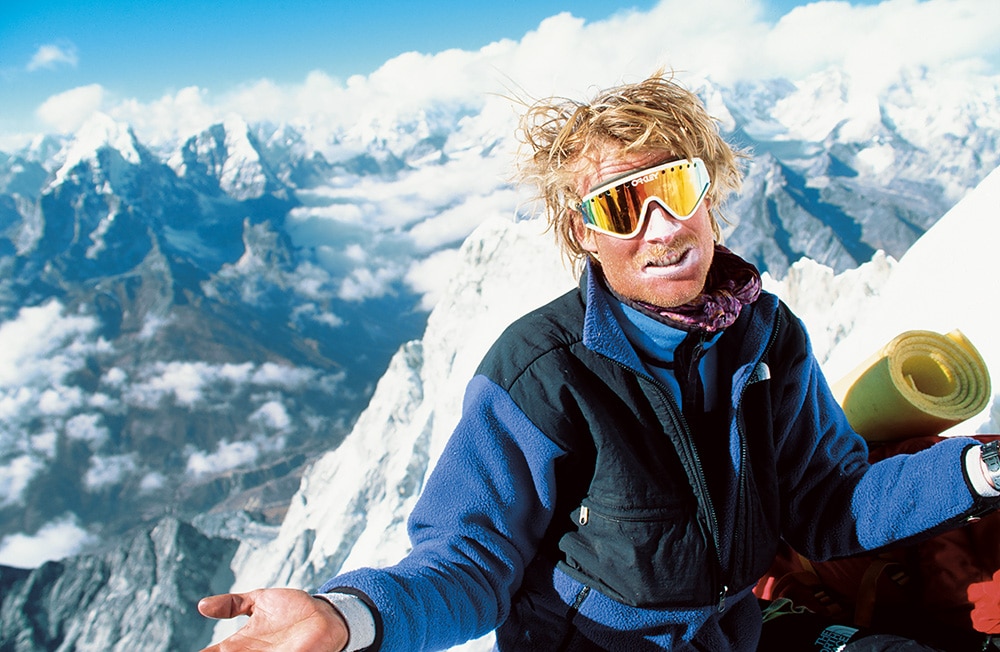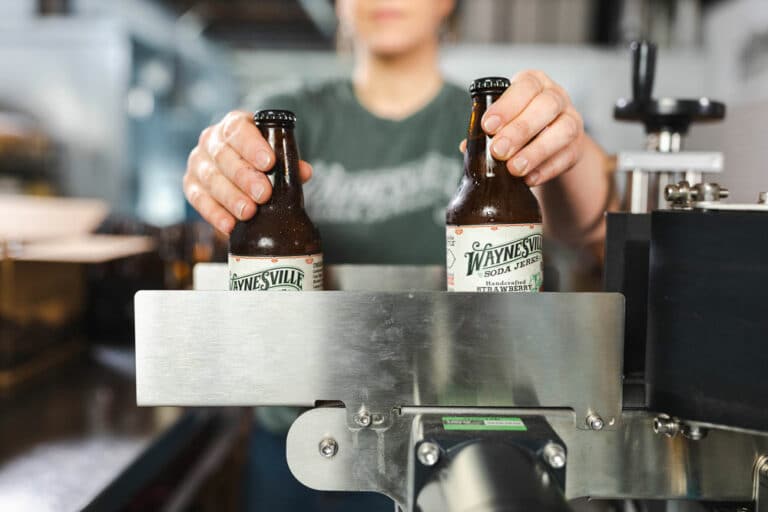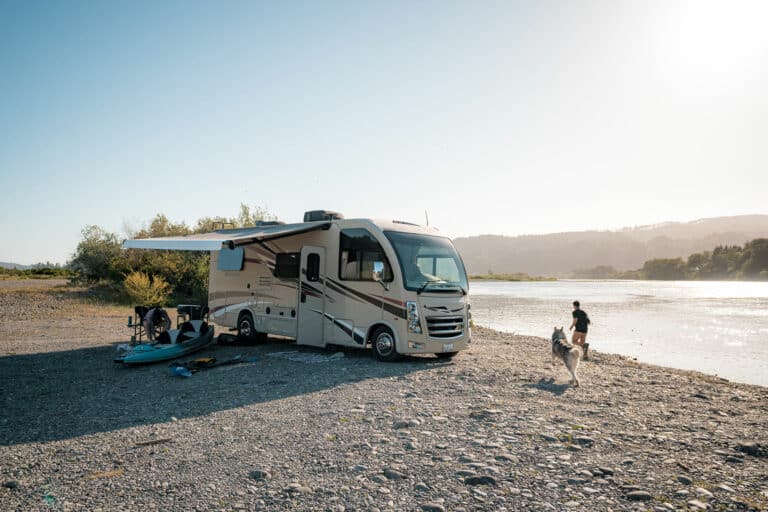The more things change, the more they stay the same. We took a look back at the gear that was hot 25 years ago when the first issue of BRO hit the press—and a lot of it is still here, albeit in an updated form. Then we looked ahead 25 years and realized the best gear for the planet may still be with us in the future.
1995
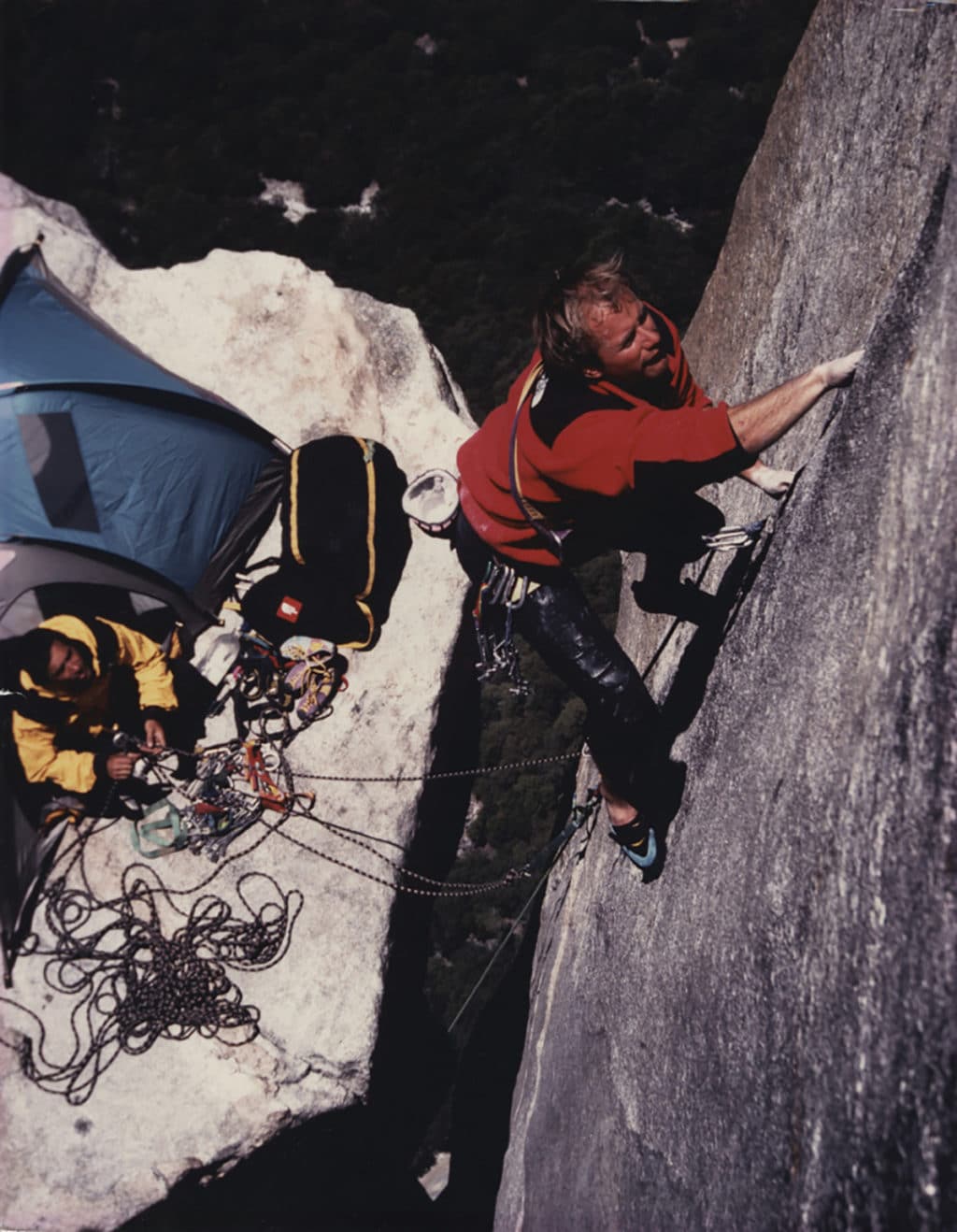
Patagonia
Storm Jacket
There’s a long list of Patagonia apparel that has remained in the beloved brand’s lineup over the past 25 years, from those Synchilla fleece jackets that were ubiquitous at the trailhead in the days when the Internet was considered a fad to moisture wicking Capilene baselayers. But the trusty Storm Jacket, which featured the brand’s H2No barrier, was that one essential you had to stuff in your pack. The 1995 jacket weighed 25.5 oz. and retailed for $275 ($462.65 now adjusted for inflation).
The North Face
Denali
Still The North Face’s signature piece, the Denali was first used in 1989, not in Alaska but on Yosemite’s Salathe Wall, when Todd Skinner and Paul Piana made the first free ascent of the legendary El Cap route. The Denali was intended to be used as a layering system, zippered or buttoned inside another jacket, but as the decade of grunge took off, the fleece jacket became the calling card of every budding and veteran outdoor-minded soul, thanks to its ability to stay warm when wet and its cozy feel. By 1996, The North Face was using sustainable materials in the Denali.
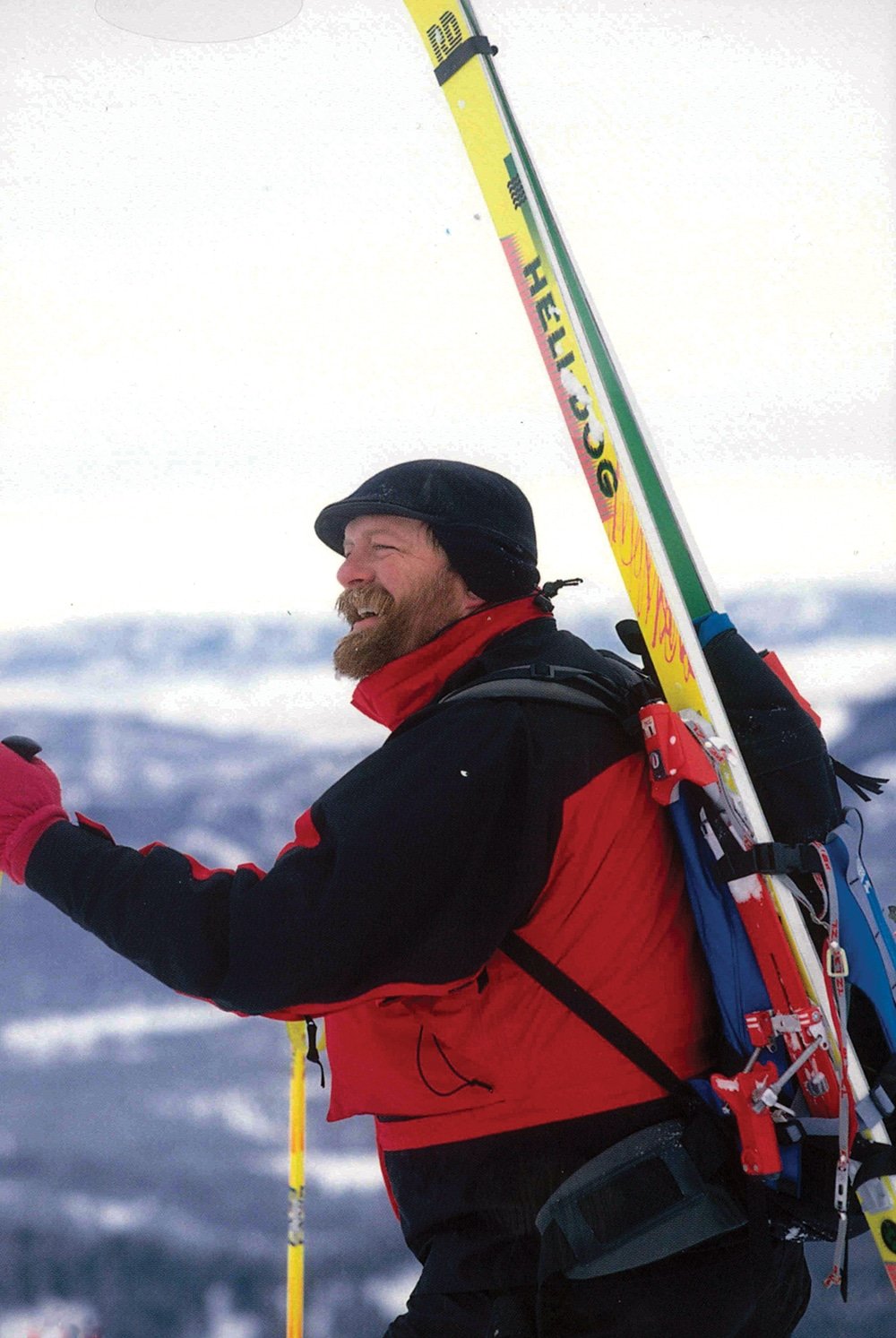
Black Diamond
Hotwire Carabiner
Black Diamond changed the carabiner game in 1995 when it introduced wire gates. The new design, which featured a thin, easy-to-clip system, proved stronger, better in cold weather, and simply safer than clunky old carabiners. That forward thinking was not a big surprise from the Salt Lake City-based brand that was innovating everything from cams to telemark ski bindings to Flintlock poles during the decade.
Dana Designs
Big Sky
Bozeman, Montana-based Dana Designs was the poster child for outdoor performance and cool in the ’90s. Founded by pack-design innovators Dana Gleason and Renee Sippel-Baker, the company employed a facility of ski bums who spent their days off at Bridger Bowl—many of whom went on to become players in the industry. The Big Sky pack was proof of that know-how, a panel-loading daypack that hauled skis in an A-frame configuration, ideal for those golden days of backcountry bootpacking.

Camelbak
M.U.L.E.
Camelbak began in 1989 when founder Michael Eidson jury-rigged an IV bag and a tube sock to create the first hydration pack. By 1995, the outdoor sports world—especially the rapidly growing mountain-bike community—was beginning to value the ability to drink water in media res and the brand launched the M.U.L.E. (medium-to-ultra long endeavors) pack, able to haul 90+ ounces of water and the gear you would need for a big ride.
Fjällräven
Greenland jacket
Swedish brand Fjällräven’s signature apparel piece had already been around for more than 25 years in 1995–it just hadn’t caught on yet in the U.S., since retro hipster culture had not yet found its foothold in craft breweries and ironic facial hair. Indeed, the Greenland came to life for an expedition into the wild island’s peaks and ice caps when entrepreneur Åke Nordin resolved to make better equipment for harsh conditions. His big idea was to use a polyester-and-cotton material that was too heavy for tents and coat it with a blend of beeswax and paraffin. The result was a functional mountaineering jacket that looked hip enough for urban adventures too.
2020
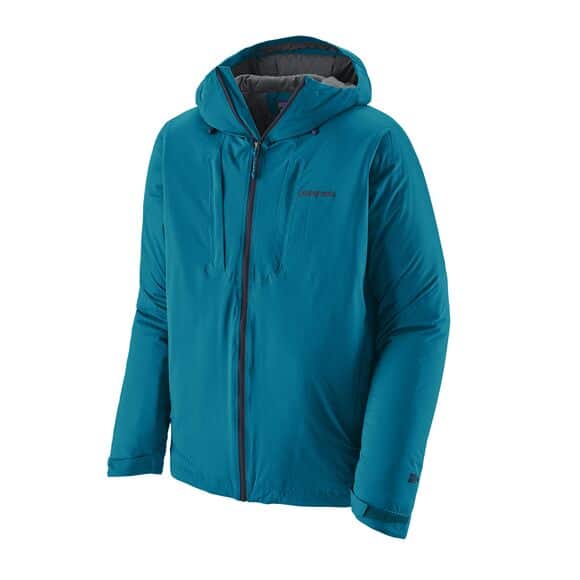
Patagonia
Stretch Nano Storm Jacket
Over the past quarter century, technical membranes have continued to evolve, making hard shells lighter, more protective, and—praise be—more breathable, as well as easier on the environment. This 2020 iteration of Patagonia’s storm shell not only shucks off precipitation with a 2.5-layer H2No barrier that’s far more effective than its 1995 cousin—it also includes breathable insulation. Best of all, that membrane is made from recycled nylon yarns, some of which were repurposed from old fishing nets. It weighs in at just 20.3 ounces. $399; patagonia.com
The North Face
’95 Retro Denali
Not only has the Denali remained a highlight in The North Face’s line, the brand is also offering a retro version with the same look as the 1995 classic. The big difference is an update in materials. The fleece still has a comfortable feel that dates back to the Clinton years, but it’s treated with a DWR that will bead off water and it’s made from recycled polyester. It comes with a lifetime warranty, too, so we’ll see you wearing it in 2045. $199; thenorthface.com
Black Diamond
Hotwire Carabiner
Black Diamond’s claims about its latest greatest ’biner in 1995 have withstood the test of time. That’s not to say the brand has not improved on the design. The 2020 version features updated geometry that makes it even more intuitive to clip and the metal is cold forged, a less expensive process that makes it stronger and actually lowers the carbon emissions of production. $8; blackdiamondequipment.com
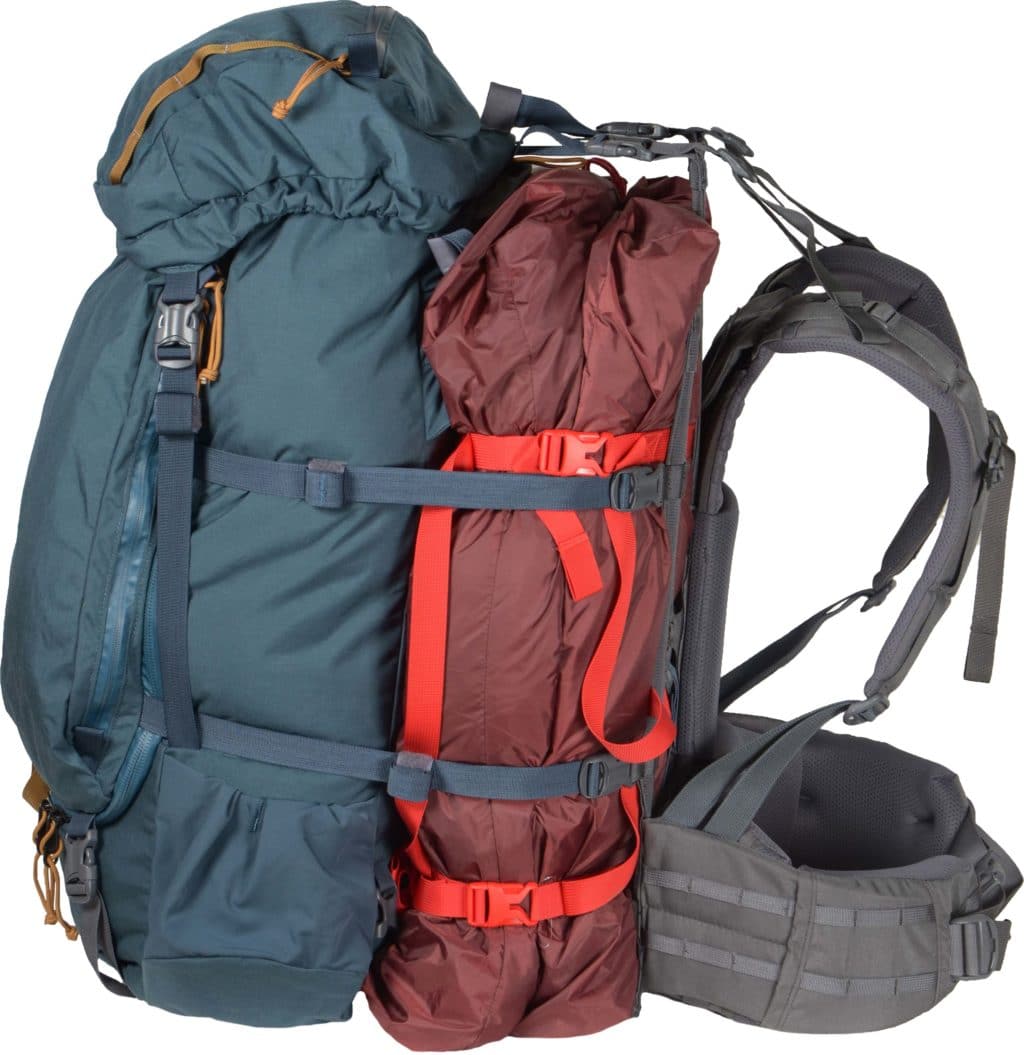
Mystery Ranch
Terraframe 65
Dana Gleason and Renee Sippel-Baker sold Dana Designs to K2 in 1995, but they couldn’t stay out of the pack business for long. In 2000, they launched Mystery Ranch, developing a lumbar wrap design that made for more efficient hauling. So good, in fact, that the Navy SEALS employed Mystery Ranch for equipment. 2020’s Terraframe 65 draws on those years of gear smarts: This expandable beast includes Overload, a feature that the brand has used in military and hunting packs for years. The bag actually can be separated from the frame to haul big, bulky stuff. $400; mysteryranch.com
Camelbak M.U.L.E.
100oz. Hydration Pack
In 2020, the trustworthy M.U.L.E. continues to do what it does best: haul water and make it easy to stay hydrated, albeit with some updates perfected by a quarter century of experience. Most notably, the 100-oz. hydration reservoir delivers a bigger gulp with each sip (and includes an on/off lever) and a back panel provides plenty of ventilation. Plus, it’s partially made with recycled materials. $115; camelbak.com
Fjällräven
Greenland
Back to the… past? Fjällräven’s retro chic that has been consistent from 1968 to today has found a home in hipster style. And guess what? Åke Nordin’s G-1000 rejected-tent-fabric-and-wax design has withstood the test of time. It stills provides warmth and durability and shedding the elements whether you are in the high peaks or lined up at a food truck. $250; fjallraven.com
The Future
Patagonia
Down Sweater Jacket
We are predicting it here. This 2020 jacket will still be in style and quite functional in 2045. Weighing just 13 ounces, it provides incredible warmth for its weight and it adheres to the brand’s commitment to sustainability, featuring 100-percent recycled polyester and traceable down, which ensures the geese are treated humanely. $229; patagonia.com
Houdini
Lana Jacket
The jacket you are wearing in the future may be the same jacket you are wearing now, just in a new form. Swedish brand Houdini, which prioritizes sustainability so that the planet will still be here in the future, made this 100% merino wool jacket 100% recyclable. And even if it doesn’t end up getting reused, it’s biodegradable. Look for more circular products that waste no resources moving forward. $700; houdinisportswear.com

Bergans
Collection of Tomorrow
Norwegian brand Bergans collaborated with Finnish textile company Spinnova on its future.labs.05.A fabric, made via a process that creates fiber out of plant cellulose from Scandinavian FSC-certified wood. The process uses no chemicals, and all the water it requires is evaporated and reused, making it the most sustainable fabric yet created. It can be crafted into a pack or apparel and then recycled and used in a brand new iteration with no waste. The packs and apparel Begrans makes with this fabric can be returned when worn out and the brand will deduct the material cost from a new product made from the recycled fabric.The only downside is the collection is not yet available in the U.S. and the fabric is still experimental, only used in casual apparel and bags, not technical gear. bergans.com/en/future-labs
